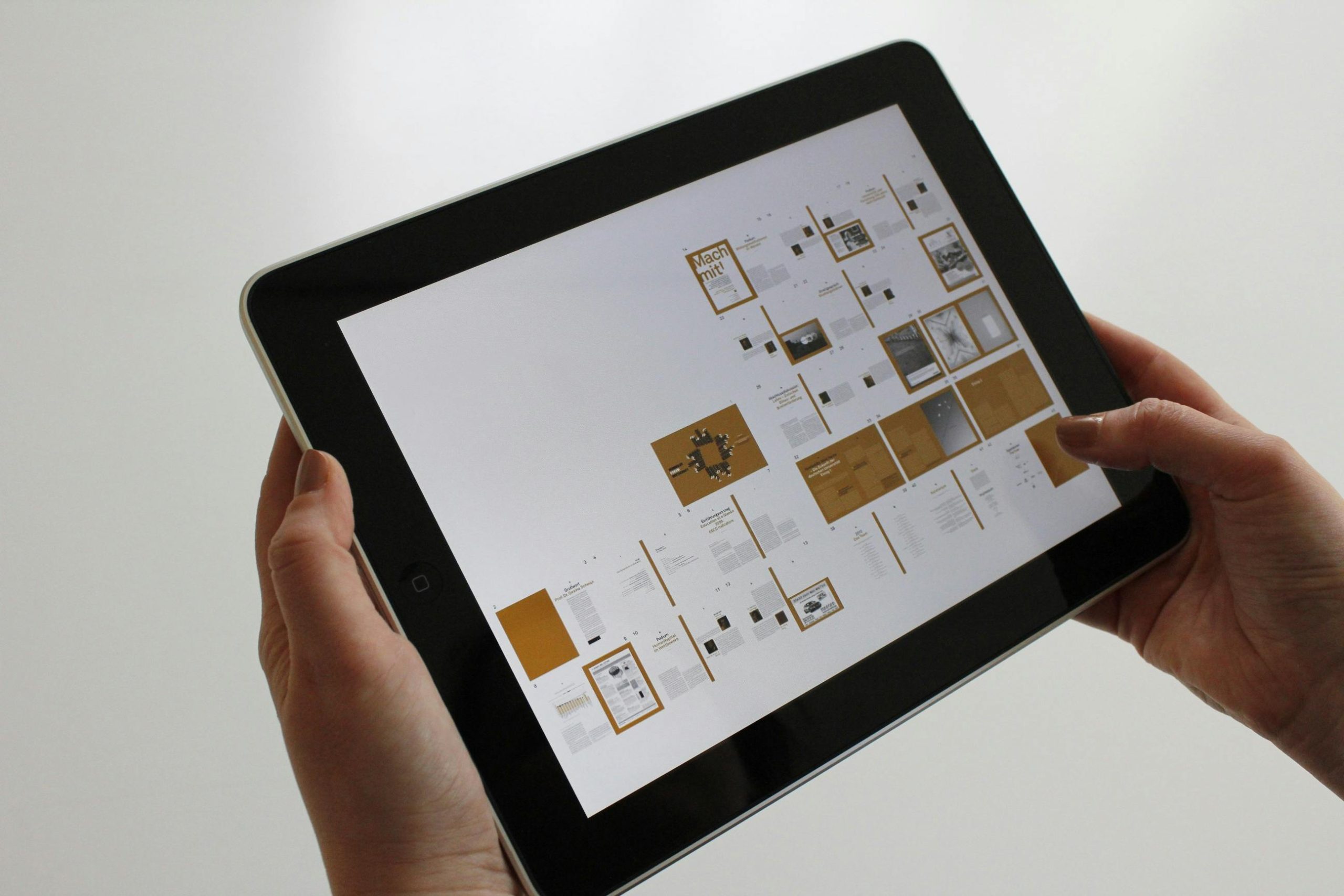Creating Interfaces that Align with Human Perception
In UI/UX design, it is not just about making things look nice it’s about making individuals intuitively understand how to use your interface. To do this, the best course of action is to use the Gestalt principles psychological laws that outline how humans tend to group and perceive visual stimuli.
These Gestalt principles, formulated by German psychologists during the early part of the 20th century, assist designers in creating user interfaces that not only look beautiful but are also coherent in their function. Let us see how each of these Gestalt principles can be utilized to improve UI design.
1. Proximity
Definition: Objects that are near each other tend to be viewed as a set.
Usage in UI:
- Clump similar items (e.g., navigation menu items, form fields) together to suggest they go together.
- Use white space to segment unrelated material.
Example: On a checkout page, separating the billing and shipping address fields into different sections visually separates them.
2. Similarity
Definition: Things that look similar are presumed to serve the same function or share the same category.
Usage in UI:
- Use iterative button styles, font faces, and icon shapes to signal similar behavior.
- Visual squaring off can signal different categories (e.g., primary vs. secondary buttons).
Example: All social media icons are consistent in size and color scheme, though they’re for different platforms.
3. Continuity
Definition: The eye travels along paths, lines, and curves, and it likes smooth motion to jerky change.
Application in UI:
- Group elements logically to create a flow that leads the user’s eye.
- Employ grids and visual lines to lead the eye through content in a controlled direction.
Example: A set of steps in vertical layout with a guidance line to indicate process flow in onboarding screens.
4. Closure
Definition: The brain fills in gaps in a design to perceive a complete shape or message.
Use in UI:
- Use minimalist shapes or icons to enable users to fill in the image in their mind.
- Implies boundaries or buttons without drawing full boxes, which contributes to clean design.
Example: Using dotted borders or partial forms within iconography without sacrificing complete meaning.
5. Figure-Ground
Definition: The mind isolates an object (figure) from the ground or background around it.
UI Application:
- Use contrast, shadow, and color to separate content from background.
- Make calls-to-action stand out as the ‘figure’ people must focus on.
Example: A modal window with a blackened background separates the foreground action from background content.
6. Symmetry and Order (Prägnanz)
Definition: Humans perceive ambiguous or complicated images in the simplest way.
Use in UI:
- Create well-balanced compositions to reduce cognitive load.
- Use symmetrical and consistent patterns of design to allow for quick recognition.
Example: Pop-ups or card grids that are centered enhance visual harmony.
7. Common Fate (Synchrony)
Definition: Objects moving together are perceived as being related.
Use in UI:
- Use movement or animation to illustrate relationships (e.g., drop-downs opening out of a button).
- Movements that move in sync help indicate that things are connected.
- Demonstration: Rolling over a product image causes text and price to move simultaneously.
Why Gestalt Principles Matter to UI Design
Using Gestalt principles improves:
- Usability: Allows users to learn quickly how to navigate and interact with an interface.
- Consistency: Renders design systems intuitive and predictable.
- Visual Hierarchy: Guiding the user’s attention towards the most important pieces of information.
- Emotional Impact: Plain, perception-sensitive designs remove frustration and instill good emotions.
Gestalt principles are core techniques that help UI designers to create interfaces that complement how people visually perceive and handle information. With an application of the Gestalt principles, designers can build better, user-centric, and attractive experiences.
Keep in mind that good UI is not necessarily about what users see, but how they feel and comprehend what they see.
